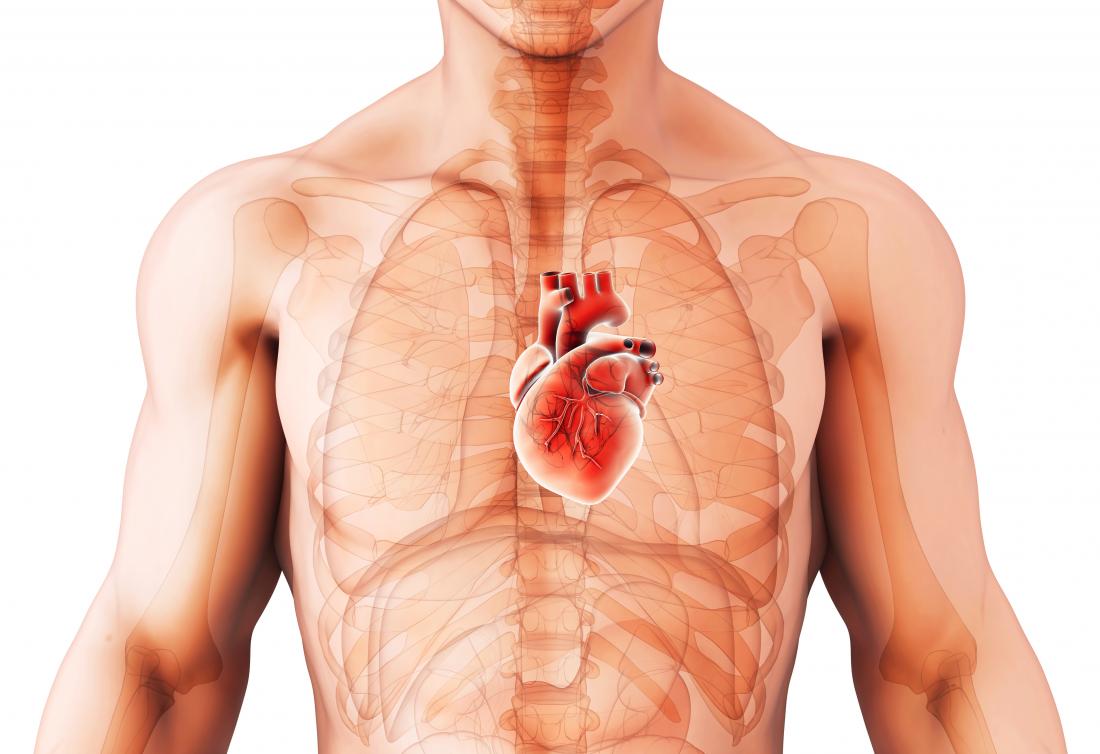July 3, 2019 — A look at a technique that evolved at Henry Ford Health System suggests inducing a coronary heart attack in patients with heart disorder might be a viable alternative for sufferers in want of mitral valve alternative.
William W. O’Neill, M.D., clinical director of the Henry Ford Center for Structural Heart Disease, and Dee Dee Wang, M.D., director of structural coronary heart imaging for the center, developed the process with a crew of cardiologists to address a frequently-deadly issue in transcatheter mitral valve substitute (TMVR). They have a look at became published July 1 in Journal of the American College of Cardiology: Cardiovascular Interventions.1

In a few patients with smaller heart chamber anatomy, using a catheter to thread a new valve into their heart and deploying it causes their native valve leaflet to block the go with the flow of blood. This trouble, referred to as left ventricular outflow tract (LVOT) obstruction, is almost constantly fatal. More than 50 percent of mitral valve patients are removed from
TMVR trials because of LVOT obstruction,” O’Neill stated. “So we were searching for a method to shop human beings’ lives. Inducing a ‘heart assault’ appears counterintuitive in cardiology. But this new technique looks very promising.
The crew turned to alcohol septal ablation (ASA), a system used for the beyond 20 years to treat sufferers with thick, enlarged coronary heart walls or hypertrophic cardiomyopathy. Guided by using high-definition, excessive-assessment ultrasound imaging completed in real-time, docs appearing ASA uses a catheter to inject a tiny quantity of alcohol into particular blood vessels feeding specific regions of the heart.
This technique ‘kills’ the heart muscle in that centered place, similar to a clearly taking place coronary heart assault when the vessels are blocked. The resulting loss of blood to that place reasons the muscle to lose mass and thin out. The thinning of positive areas of the coronary heart permits it to function extra successfully.
Regularly outcomes in lower of signs such as intense shortness of breath or angina. When the same technique is used within the muscle near which the brand new mitral valve could be placed, the muscle thins, allowing extra room for blood to drift after TMVR.
The key to the process has been imaging paintings by Wang, lead author of the observation posted. In landmark 2017 studies that ended in the patented era currently used all through TMVR methods, Wang mounted benchmark measurements of the LVOT commencing that predict success or failure in TMVR.
The July 1 take a look at involved 30 sufferers with small LVOT openings who obtained ASA at six medical facilities within the United States. Eight of the patients felt better after ASA and did no longer need the TMVR method. Twenty patients initially rejected for TMVR received the new valve after ASA, and their situations progressed. Two sufferers died; one had
Complications from a pacemaker and the alternative suffered multi-organ failure post-process from advanced contamination. Patients now have wish because this offers them a brand new option,” said Wang. “We can widen that coronary heart chamber vicinity, so the affected person has big enough vicinity to insert a new valve.
Henry Kim, M.D., director of the Henry Ford Heart & Vascular Institute, said the procedure is brand new in many scientific advances forged at the Center for Structural Heart Disease. “This is all a part of our willpower to advancing the technological know-how of drugs,” stated Kim. “Dr. O’Neill and the Center for Structural Heart Disease team changed into questioning out of doors the field again and applied that process to sufferers who have a lifesaving need. We’re grateful to aid this work to assist the sickest of patients.
O’Neill performed the first transcatheter aortic valve replacement (TAVR) in the United States in 2005 and used an aortic valve to replace a mitral valve for the primary time within the United States in 2013. He is one of the fifty-one grasp fellows out of about four,500 individuals in 70 international locations of the Society for Cardiovascular Angiography and Interventions (SCAI), the largest group of interventional cardiologists in the international.



